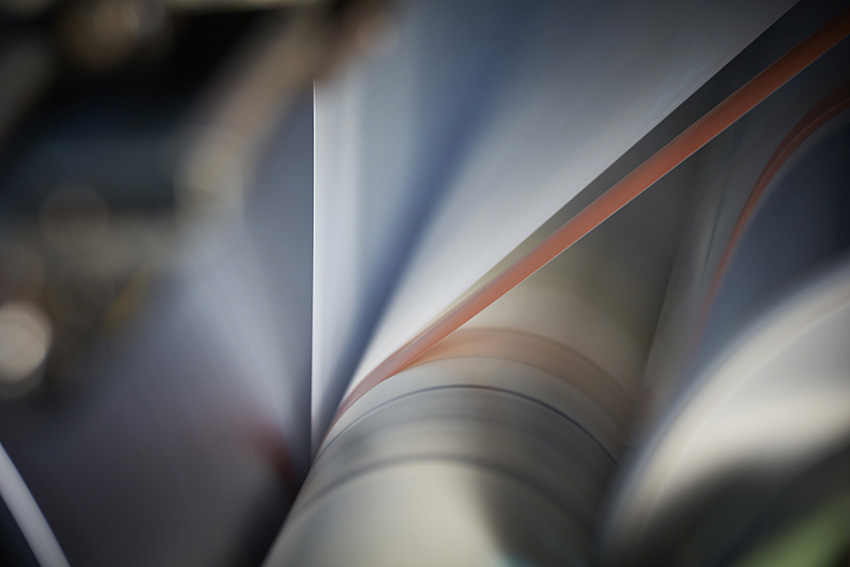
Packaging company Mondi led a project that created a pouch made of 20% post-consumer plastic. | Courtesy of Mondi.
For years, packaging producers have been marketing recyclable multi-layer flexible packages. Now, they’re finding success using recycled plastic in their products.


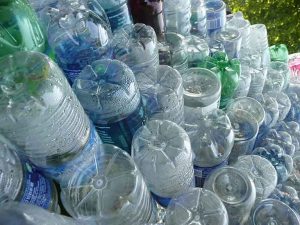 This article has been corrected.
This article has been corrected.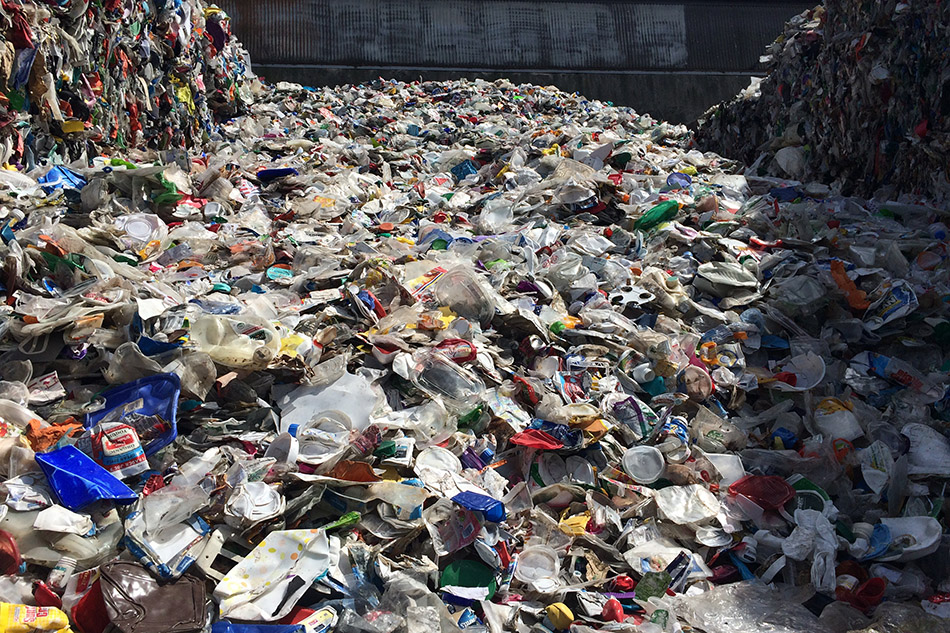 A handful of industry groups and plastics producers are teaming up on a 60-day effort to try to capture a wider variety of materials from the flow of curbside recyclables in Portland, Ore.
A handful of industry groups and plastics producers are teaming up on a 60-day effort to try to capture a wider variety of materials from the flow of curbside recyclables in Portland, Ore.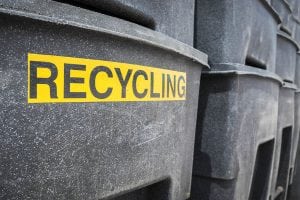 The national plastics recycling rate fell slightly from 2014 to 2015, as the country recycled less but generated more of the material, according to the U.S. EPA.
The national plastics recycling rate fell slightly from 2014 to 2015, as the country recycled less but generated more of the material, according to the U.S. EPA.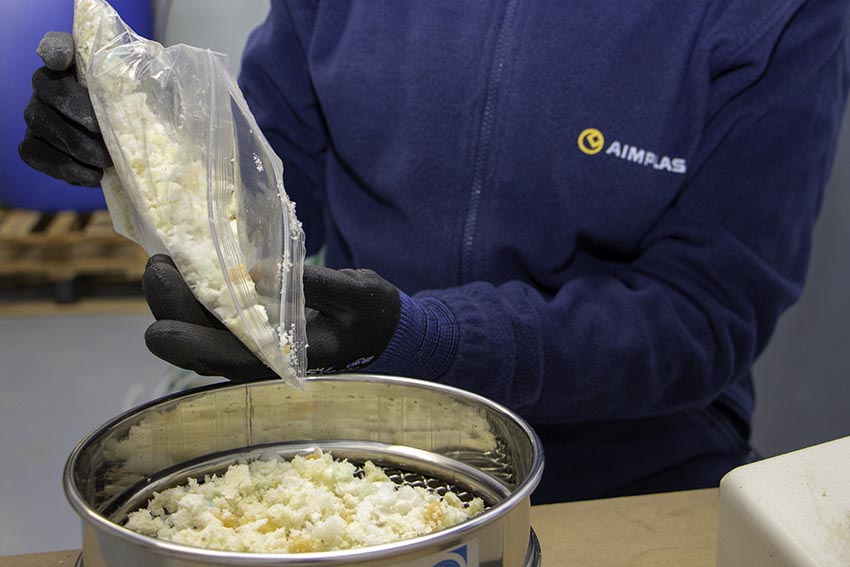
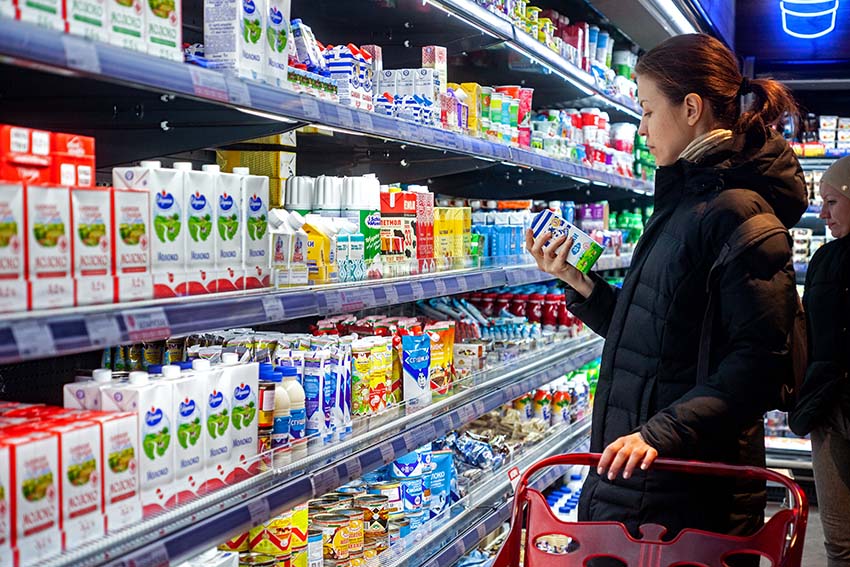 If a brand owner puts a “not recyclable” label on its packaging, consumers are likely to appreciate the honesty rather than frown on that company, survey results suggest.
If a brand owner puts a “not recyclable” label on its packaging, consumers are likely to appreciate the honesty rather than frown on that company, survey results suggest.
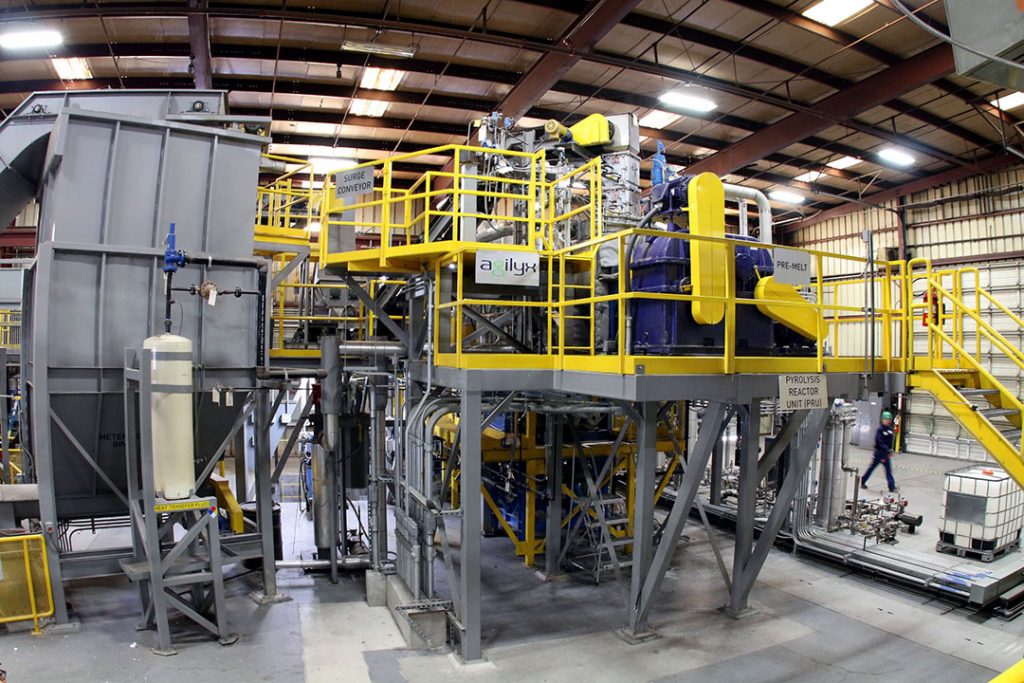
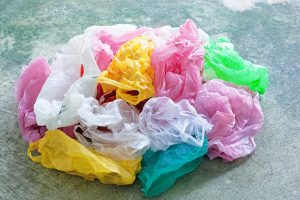 Researchers have found a way to convert post-consumer LDPE and HDPE into energy-storing carbon that can be used in batteries.
Researchers have found a way to convert post-consumer LDPE and HDPE into energy-storing carbon that can be used in batteries.